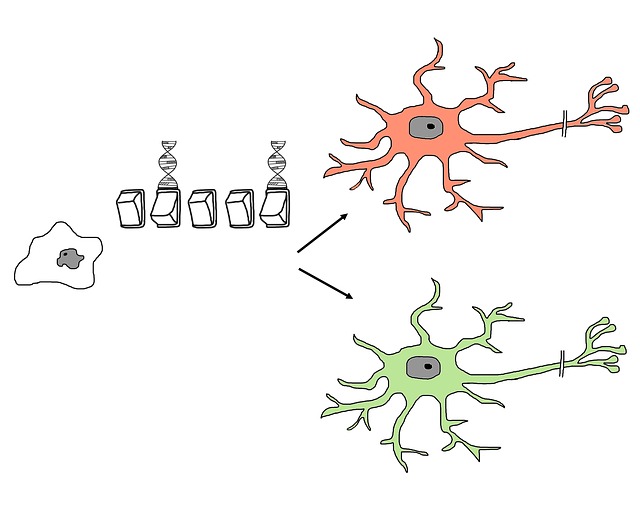The definition of stem cells is changing. Cell therapy around the world has used bone marrow cells and fatty tissue (adipose cells) because these cells are plentiful in the human body and easily obtained. The hope of using stem cells is that they will prove to be helpful in healing the body and in regenerative medicine. There have been reports of successful use of stem cells, but there are not yet large studies of stem cell therapies with control groups to definitively settled the question.
One of the biggest promises of stem cell therapy is the ability to use a patient’s own stem cells to treat cancers, heart attacks, strokes, and injuries from serious accidents. Using the patient’s stem cells eliminates the risk of rejection by the body.
Death is, after all, in most cases, the chronic degeneration of the body’s cells leading to neurological diseases, kidney failure, degenerative orthopedic problems as well as heart disease. When a 90-year-old lays in a hospital bed, and the doctors decline to operate because surgery will most likely lead to death, the patient is left to his or her family until the day when organ failure takes their life. The cells of the body have been unable to heal themselves and death is inevitable.
Using Stem Cells to Regenerate the Body & Immune System
One of the unfortunate problems of old age and disease, in general, is severe inflammation that injures tissues and cells. Today, when a patient has an inflation problem like arthritis, they are in serious pain. More often than not, doctors prescribe prednisone which helps with the inflammation but has terrible side effects including weakening the immune system, often leading to death, especially in the elderly who cannot tolerate such strong medicine.
The current use of hormone replacement therapy has helped somewhat in this regard, but stem cell therapy seems to hold more promise and there is anecdotal evidence it is already helping.
Many doctors who are now using stem cell therapy see it as a cornerstone of regenerated of medicine and fighting diseases like cancer. The “Cell Surgical Network” investigates Adipose Derived Stem Cells (ADSC’s) in clinical research and use and has a physician’s network of stem cell therapists/doctors. The networks is using stem cell therapy in treating auto-immune disease, cardiac and pulmonary disease, and is in use in the fields of neurology, ophthalmology, and urology.
Stem Cell Therapy for Optical Problems & Arthritis
Patients with optical diseases or problems usually undergo a molecular diagnosis to see if they qualify for stem cell therapy treatments. The general idea is that once patients undergo these therapies, optical nerve damage and the progression of glaucoma and other eye diseases can be stopped or reversed.
And ophthalmologists are working on restoring sight through the use of visual prosthetics, optogenetics, and treating photo receptors in the eye through stem cell therapy.
The following video, “Trelle, Optic Nerve Atrophy: A Stem Cell Treatment Testimonial,” follows a stem cell patient suffering from optic nerve atrophy.







